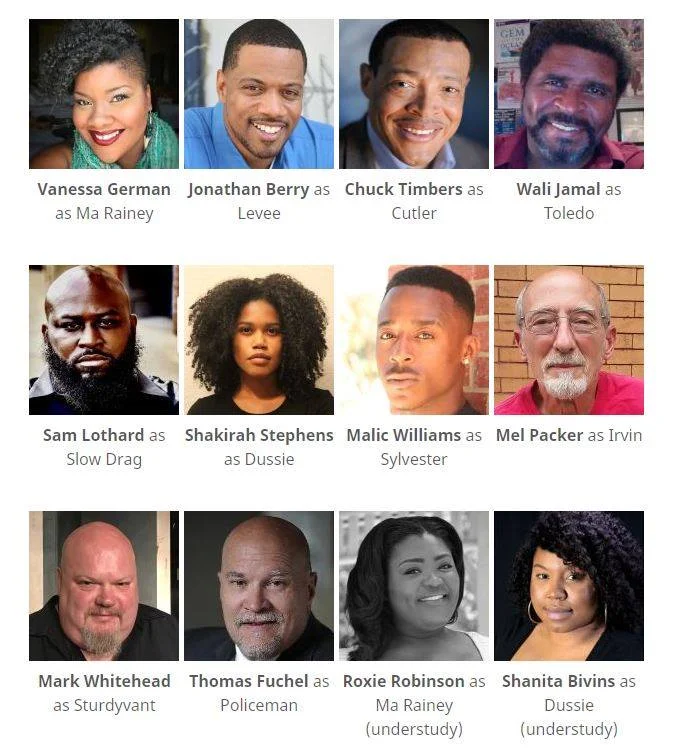I constantly go back to this theme. I find very well written books, and I find books published, I think, for the information regardless of the quality of writing. I care about the quality of writing when addressing this topic. My favorite book, now, of all time is Ida Fink’s A scrap of time. This is a book of short stories, and I didn’t find any more books by Ida Fink until I did one more search, recently, on amazon. The short stories are, I think, autobiographical, and written not for the purpose of stating what happened so the world will know, but to re-experience what happened in its complexity in order to understand it. I read the book in 2016, couldn’t put it down. I came across it again in 2017 and, again, couldn’t put it down. Here is the opening of the book:
I want to talk about a certain time not measured in months and years. For so long I have wanted to talk about this time, and not in the way I will talk about it now, not just about this one scrap of time. I wanted to, but I couldn’t, I didn’t know how. I was afraid, too, that this second time, which is measured in months and years, had buried the other time under a layer of years, that this second time had crushed the first and destroyed it within me. But no. Today, digging around in the ruins of memory, I found it fresh and untouched by forgetfulness. This time was measured not in months but in a word—we no longer said “in the beautiful month of May,” but “after the first ‘action,’ or the second, or right before the third.” We had different measures of time, we different ones, always different, always with that mark of difference that moved some of us to pride and others to humility.
Survival in Auschwitz, by Primo Levi. I’m constantly drawn to how people survive. Like Elie Wiesel’s Night Trilogy, this particular book of Levi's is very well written and insightful of what life was like in the death camps and what type of decisions people made in order to survive even though the act of survival was “by chance” with no rhyme or reason based on what people did to try to survive. I did learn, however, that anger helps us live. When the Kapos beat the prisoners, they actually saved their lives because the anger in response to the beating produced energy which was vital to extending life.
All that I am, by Anna Funder. What a fantastic novel of everyday life at the time Hitler became chancellor and the first resistance group that tried to tell Germany and the world what a danger he was. Again, a story of courage in the face of life and death by people who couldn’t sit still. While we may all like to think we’d do the same, this book brings us to the reality and fears, unlike the Hollywood movies that make us feel victorious because we already know the ending of the movie where we survive. I also read this novel as Trump entered the White House and Facebook was filled with dread and horror and questions of “am I over-reacting” etc. Beautiful writing—here’s the opening:
When Hitler came to power I was in the bath. Our apartment was on the Schiffbauerdamm near the river, right in the middle of Berlin. From its windows we could see the dome of the parliament building. The wireless in the living room was turned up loud so Hans could hear it in the kitchen, but all that drifted down to me were waves of happy cheering, like a football match.














